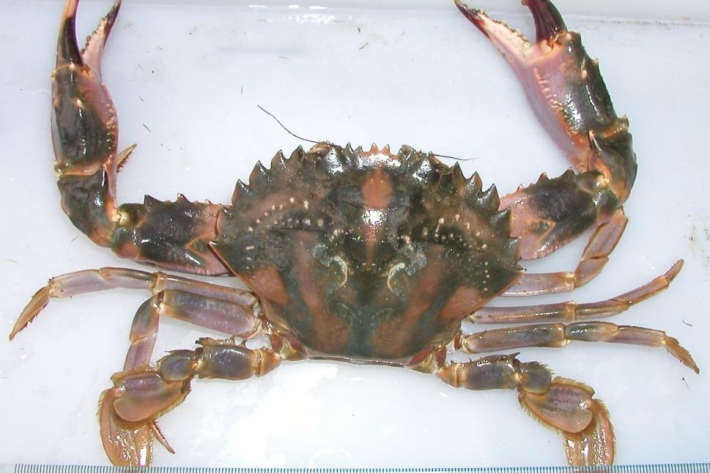-
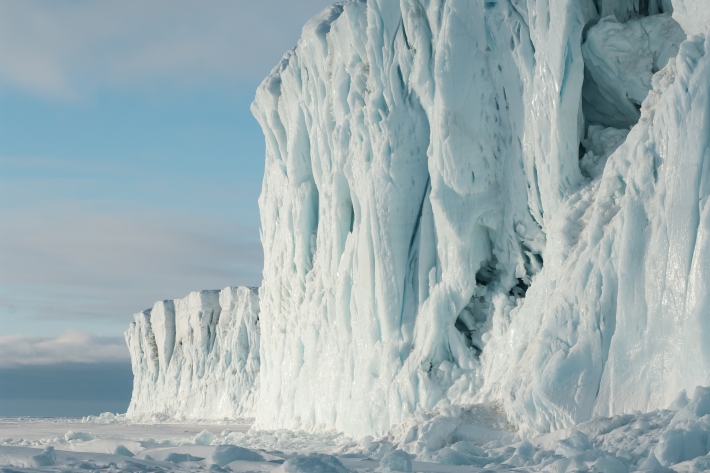
Māori carvers head to Antarctica
Media release30 January 2019Two Māori carvers head to Antarctica next week to complete and install a traditional carving at Scott Base, New Zealand’s headquarters on the ice. -
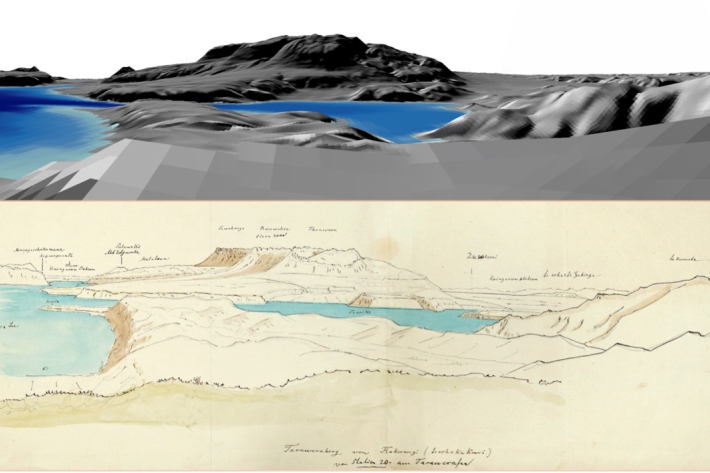
Scientists confirm former site of Pink and White Terraces
Media release29 November 2018The diary and hand-drawn maps of a nineteenth century geologist has enabled NIWA scientists to confirm the former site of the iconic Pink and White Terraces at Lake Rotomahana. -
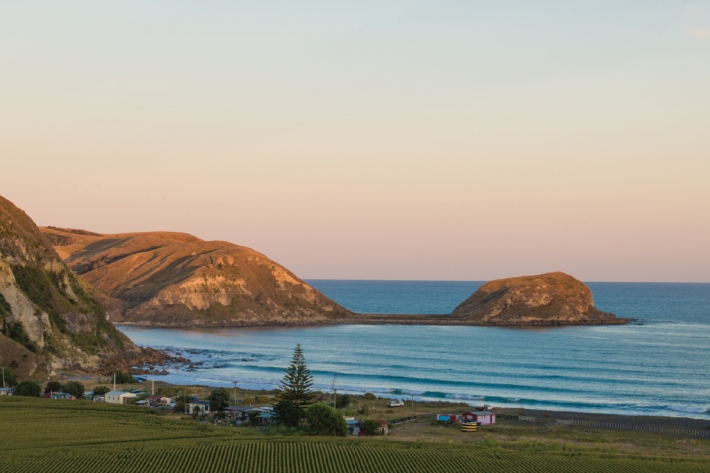
Te Huringa ki te Rangi – He Rautaki Tāwariwari
Te Huringa ki te Rangi is a decision-making model to support indigenous and coastal communities. -
The impact of non-native marine pests on our takutai moana
Research ProjectThis project seeks to understand and better implement a Māori perspective within the current marine biosecurity system in New Zealand. -
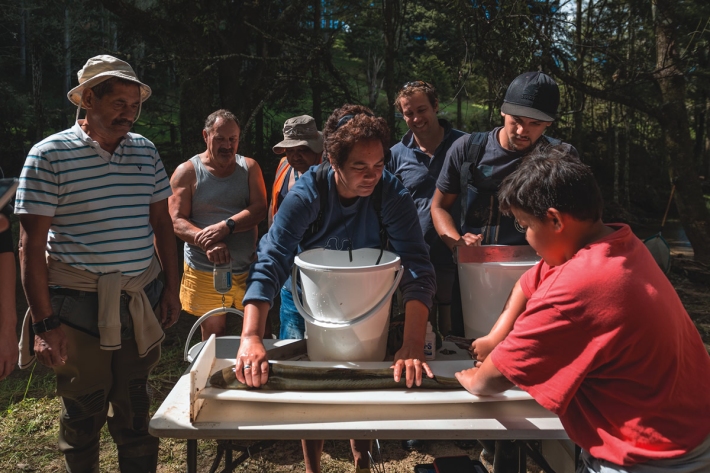
Hapū joins forces with NIWA in tuna research
Feature story20 June 2017Local hapū and NIWA are working together to find out more about juvenile freshwater eels or tuna in streams connecting to the Wairua River in the Wairoa catchment in Northland. -

Erica Williams - Where the water is clean
Feature story20 June 2017Erica Williams' story starts with the website of Moerewa School, where pupil Tyra-Lee explains her connection to a very special place in her small Far North town. -

Tuna - customary fisheries
Māori have an extensive knowledge of the ecology of freshwater eels, and have maintained their customary fisheries for several centuries. -

Dry stock farming activities
Dry stock farms can cover large areas of hill-country grassland that may be steep and prone to erosion. -

Tuna - commercial fisheries
Commercial eel fishery in New Zealand began in earnest in the 1960s and expanded rapidly until the early 1970s -

Tuna - recreational fisheries
The majority of New Zealanders are able to recall a story about catching eels when they were children.

